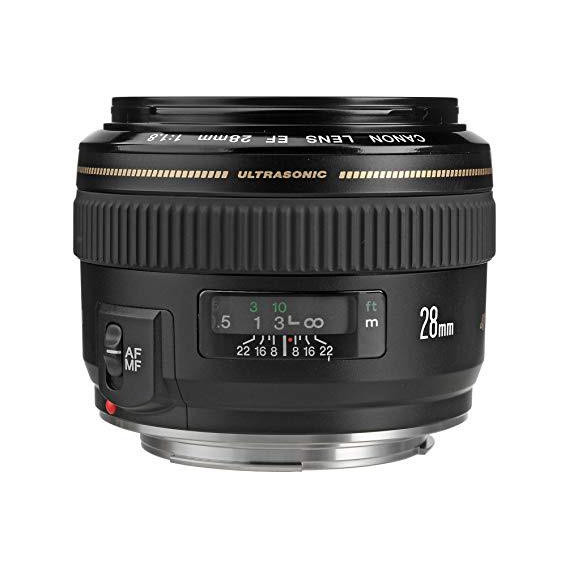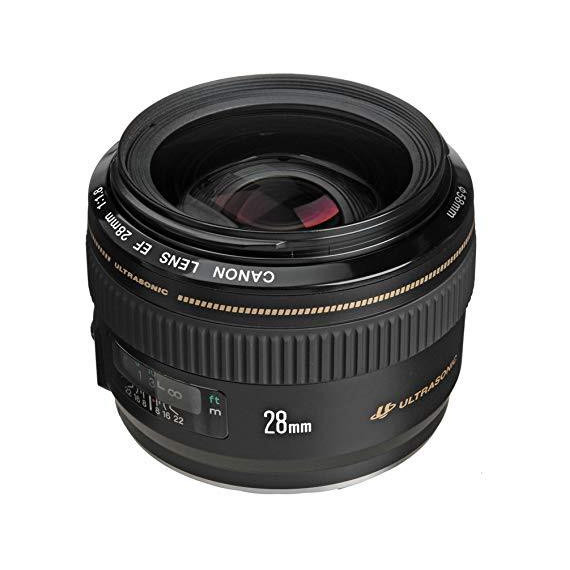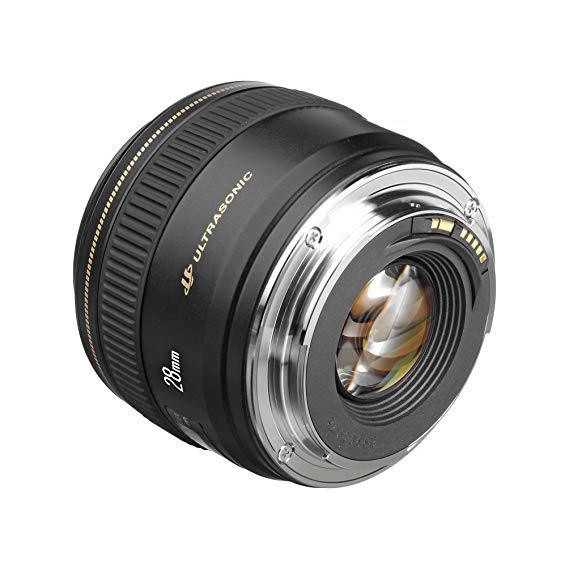R. Marley
Canon EF 28mm f/1.8 USM Wide Angle Lens for Canon SLR Cameras
B00009R6WU

Serving customers for more than 35 years, Adorama has grown from its flagship NYC stor...
City: US, Pasadena
Delivery
DHL express - Fast
1 day, Door-to-Door, Courier Delivered
from 26$
Pickup at your own expense
Tomorrow from 09:00 to 20:00, Store location
Free
Payment options
Cash, bank card, credit/installment payments, cashless payment for legal entities
Warranty and returns
Exchange/return of products of proper quality within 14 days
Official manufacturer's warranty: 12 months
Description
This fits your .
Reviews
Andrew R. Schneider
Iron Man
Adrian Bacon
Fernando
Abigail
troublef
Sang-Jin Lee
PKG
michrony
Showing 10 of 20 reviews
Please sign in so that we can notify you about a reply










